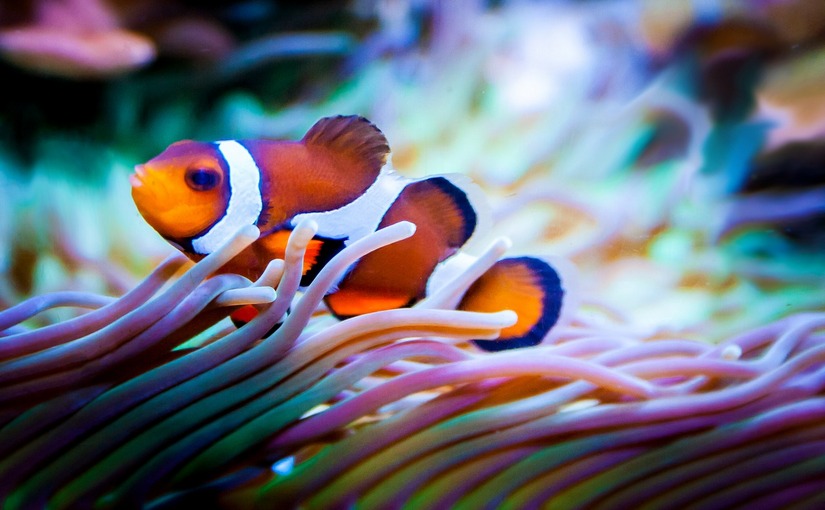Finding Nemo caused a huge spike in demand for clownfish and put a serious dent in its population.
Gimme the gist
Finding Nemo was a dazzling 2003 movie that told the tale of an overprotective clownfish father searching for his lost son, Nemo. It’s an inspiring story that made us empathize with the eponymous protagonist, who got imprisoned inside a tiny aquarium. We cheered when he finally escaped the world of humans and returned to the ocean.
Apparently, that empathy lasted only as long as the movie itself, because demand for actual clownfish surged dramatically after Finding Nemo came out. Children wanted their very own striped Nemo at home.
As a result, five years after Finding Nemo first hit the cinemas, marine biologists warned that the numbers of clownfish decreased by up to 75 in certain areas. At the time, Dr. Billy Sinclair proposed categorizing some clownfish as “endangered” in order to preserve their population.
But don’t worry: Demand for pet fish is not to blame for the potentially endangered status of the clownfish. Well, not solely to blame. Two other major factors are global warming and ocean acidification.
In 2014, the National Marine Fisheries Service launched a status review to see whether the orange clownfish warranted protection under the Endangered Species Act. If we want Nemo around, we should probably heed this warning from Dr. Billy Sinclair:
“My message to kids who loved the film is simple—tell your parents to leave Nemo in the sea where he belongs.”
Gimme more
- The Telegraph: Demand for real Finding Nemo clownfish putting stocks at risk
- Los Angeles Times: Demand for ‘Nemo’ puts clown fish in danger of extinction
- Center for Biological Diversity: Clownfish That Inspired Finding Nemo Closer to Endangered Species Act Protection

Uh oh. There’s a Nemo sequel coming up. This one’s called “Finding Dory.” Let’s hope her family members don’t similarly dwindle.
LikeLiked by 1 person
Yeah I saw that. Let’s face it: We can safely say goodbye to at least 50% of the “Dory” population.
LikeLiked by 1 person
Beautiful fish
LikeLiked by 1 person
Indeed. And apparently too beautiful for its own good.
LikeLiked by 1 person